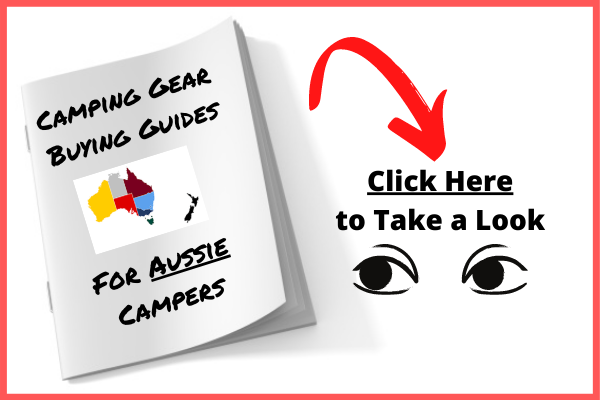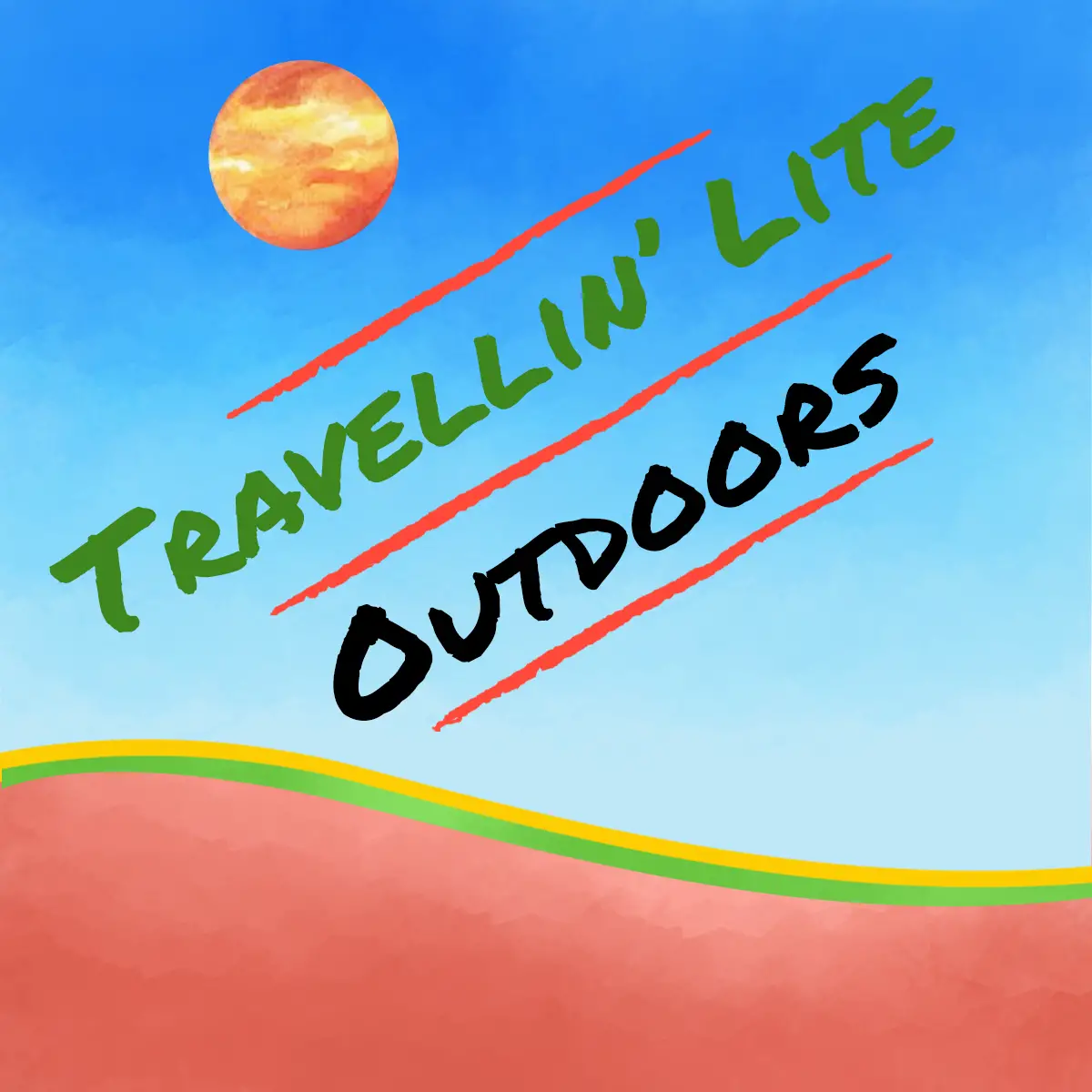
AT A GLANCE
Welcome to our experiences with ‘Habitat Noosa Everglades EcoCamp‘. This article covers
- Types of accommodation available
- What facilities are available,
- How to get there,
- What to look forward to when you get there, and
- Details of a paddle we did to Harry’s Hut.
Quick Heads Up
1: Accommodation options: There is something for all tastes and budgets – Unpowered sites, powered sites, wilderness tents, glamping tents with ensuites, cabins (for large groups only).
2: Waterfront camping: There are a number of unpowered campsites right on the shore of Lake Cootharaba. Generous in size, and provide the ultimate experience. Launch kayaks right in front of your campsite. Fires are allowed, but must be in your own firepit. Wood can be purchased from reception.
3: Entertainment/Dining: Plenty to choose from here – boutique microbrewery, bar, bistro and kiosk. There is a large, covered outdoors eating area adjacent to the brewery/bar.
4: Common Facilities: All except the glampers in the Paperbark Tents use the shared campground facilities – showers, toilets and kitchen area. The common kitchen is equipped with two washing up stations, two electric BBQs, single fridge, microwave, electric jug. You will need to be pretty much self sufficient if you’re camping, as there are no shared cooking utensils etc.
5: Nearest shopping: Either Tewantin or Pomona. Both about 20-25 minutes drive away, and have the usual IGA/Woolworths/Coles supermarkets.
6: Things to do:
- If you feel like having a quiet rest, or perhaps enjoy a craft beer or two, head up the microbrewery.
- There are a number of walks of varying distances through the native bushland to get you back to nature.
- Hire a kayak and go for a paddle on the lake.
- (Recommended) Tours of the Noosa Everglades leave from here, and you can book them at reception.
- Use it as a base for day trips to Noosa, Teewah and surrounds.
Travel Facts
By Car: Sealed roads all the way to Boreen Point, where you turn down Lakes Flat Road. The last couple of kilometres are unsealed, but the road is kept in good condition. No need for a 4WD.
Click on ‘Table of Contents‘ for the detail….
This Article May Contain Compensated Links. For More Info, Read Our Disclaimer Here.
Nestled on the shores of Lake Cootharaba (the largest of the lakes of the Noosa River system in Queensland’s Sunshine Coast hinterland), this 65-acre site is easily accessible by any vehicle. Apart from unsealed access to and around the camp, the roads are sealed and well-signposted.
With Brisbane only two hours’ drive to the south and popular Noosa Heads a mere 30 minutes away, this eco camp is an ideal destination for a weekend getaway. It is also a popular destination for day visitors, many of whom take the 25-minute shuttle from Noosa.
Accommodation
- Unpowered campsites, which are undesignated around the periphery of the site (on a ‘first-come-first served basis), or numbered sites at or near the waterfront.
- Twenty-eight numbered solar powered sites. Popular with RV’s, these sites are close to amenities, including a camp kitchen that is lit and has power plugs, a fridge, toaster, kettle, microwave and washing up facilities.
- Thirteen all weather, powered ‘Wilderness tents‘ for families or groups with shared outside shower and toilet facilities.
- Eighteen powered ‘Paperbark tents‘ designed for ‘glamping’ with ensuite facilities, private decks and landscaped gardens.
- Cabins adjacent to a function centre, along with some larger, designated campsites that are reserved exclusively for groups.
Noosa Glamping

If you’re pressed for time, or pitching tents isn’t your thing, then these are well worth considering. They are called ‘Paperbark Tents‘ and when we were there, they had 18 available for booking. Typical minimum booking is three nights.
They’re a great addition to Sunshine Coast glamping options.
- Each glamping tent has its own ensuite.
- Luxury glamping features fresh linen, bar fridge, tea/coffee facilities & access to power.
- Private deck.
- Available in three different internal layouts – Queen Bed + Bunk, King Split Bed + Bunk, King Split Bed + Single Bed.
- Generous inside area of 30 square metres.
Facilities
Most of the camp is wheelchair accessible. Additional facilities include a guest laundry, recycling, ash and dump stations as well as outside freshwater showers and drinking water taps. Although there is a high ratio of campers to shared shower and especially to toilet facilities, social distancing is applied and regular cleaning is done.
With the small shop at nearby Boreen Point closed, the nearest supermarket is a 20-km drive to Pomona. This scenic town is worth visiting for its relaxed atmosphere, weekend markets and the annual ‘King of the Mountain’ race to the top of nearby Mount Cooroora.
Outdoor Recreation
Information and maps are available from reception, including walking/boating/canoeing/kayaking to popular places around the lakes such as the Kinaba Information Centre, Fig Tree Point and Harry’s Hut.
Maps are also available for exploring the Cooloola Recreation Area and Great Sandy National Park’s walking trails, 4WD tracks, beaches and bush campsites. Queensland Parks and Forests currently require a restricted access permit in addition to a 4WD permit for the popular beach drives between Tewantin and Inskip Point. Advance booking is therefore essential via the website at https://parks.des.qld.gov.au/parks/cooloola.
Native Wildlife
Our Stay …

Daylight fades and the cold begins to bite. Having set up most of the camp, we enjoy the warmth of the fire under the crisp, clear starlit night. With the temperature continuing to fall, we retreat to our rooftop tent for what turns out to be our coldest camping night yet.
Paddle to Kinaba Information Centre

The next day dawns calm and warm. After breakfast we launch our kayaks to explore the lake at leisure. We paddle around Kinaba Island, and our stop after 7 kilometres is the Kinaba Information Centre.
With the wind predicted to pick up, we decide to call it a day and to head back to camp. Even though it’s only 3 or so kilometres, our return route starts to feel endless and becomes more exposed. As the south easterly strengthens, we paddle hard to make any headway in the churned-up water. Rounding Mill Point, the beach at our campsite finally comes into view, and we can paddle the last stretch at a more relaxed pace.
A Windy Night
When a new day dawns we realise that we are more fortunate than some campers whose awnings have been brought to their knees or collapsed all together. Feeling hungry yet disinclined to cook breakfast, we make our way to the camp bistro to enjoy hot porridge and coffee before driving to Pomona. This gives us a break from our windy campsite and a chance to stock up on supplies.
Paddle to Harry’s Hut

With the return of perfect weather conditions the next day, we waste no time to plan further exploration of the lake. We launch the kayaks, carrying maps, binoculars, cameras, food and water. Before leaving, we pay a visit to the camp’s reception to introduce ourselves to one of the staff who skippers the camp’s tour boats and who agrees to keep a look out for us.
We make good time as we follow the 5-kilometre canoe route to our first destination at Fig Tree Point. We soak up the calm and clear waters of the lakes as we make our way to Fig Tree Point.
There we land our kayaks to join other visitors in the day use area for a break and a look around the campsites.
Nestled amongst native trees, the camping area accommodates up to 25 people and is accessible via the lake or wilderness walking tracks. Apart from hiring local watercraft, visitors make use of commercial boating tours that operate from Noosa and Tewantin.
Stopover at Fig Tree Point
After a break, we set off for Harry’s Hut, paddling beyond Lake Como where the river narrows and becomes The Noosa Everglades.
From our kayaks we begin to truly appreciate why this area claims to be one of Australia (and the world’s) most unique ecosystems, encompassing two UNESCO Biosphere Reserves and hailed as a ‘nature-lover’s/birdwatcher’s paradise’.
Arrival at Harry’s Hut

The 17 camp sites and day use area are accessible from the river, wilderness walking trails and a 4WD track. As with Fig Tree Point, the campsite is open 24 hours a day and requires advance booking. High clearance 4W vehicles are recommended and although a vehicle permit is not required, a specific permit is needed to camp here.
Facilities include showers, composting toilets and tank water requiring treatment for drinking. The day use area is situated on the riverbank and has picnic tables and shelters.
The jetty at the day use area is not suitable for tying up, so we paddle a short distance further to find shallower water. Clambering up the bank, we catch sight of a school group about to depart on foot, leaving their hired canoes neatly stacked for collection.
Hitching a Ride Back
Being a Friday afternoon, they are eager to get the job done and waste no time lifting our kayaks on board and tethering the canoes behind. With the boat to ourselves and cameras at the ready, we make the most of this opportunity to enjoy this extraordinary Noosa Everglades experience.
Last Day

Being a sunny Sunday, the traffic is jam logged as we approach Noosa’s crowded Hastings Street. We manage to secure paid parking nearby and make the most of the day to enjoy the beach, vibrant street scene and alfresco café culture.
We allow ourselves plenty of time to pack up on our day of departure. We break our journey to stay at Kondalilla Eco Resort, which we discovered on our previous trip. On this occasion Keith surprises and indulges me for my birthday with a few of my favourite things: Champagne-on-ice, a food hamper, a soak in a freestanding bathtub overlooking rainforest, candles, listening to music and sipping wine in front of a log fire.
Overall, a great place to stay to enjoy one of the best weekend getaways on the Sunshine Coast, or stay a bit longer and take it all in.
Further Reading and Resources
If you’re looking for a rooftop tent, a camping fridge, a camping generator, a camping stove, a swag/sleeping bag, a gazebo or perhaps a camp oven, then take a look at our latest Camping Gear Buying Guides
Pinterest Ready Image












